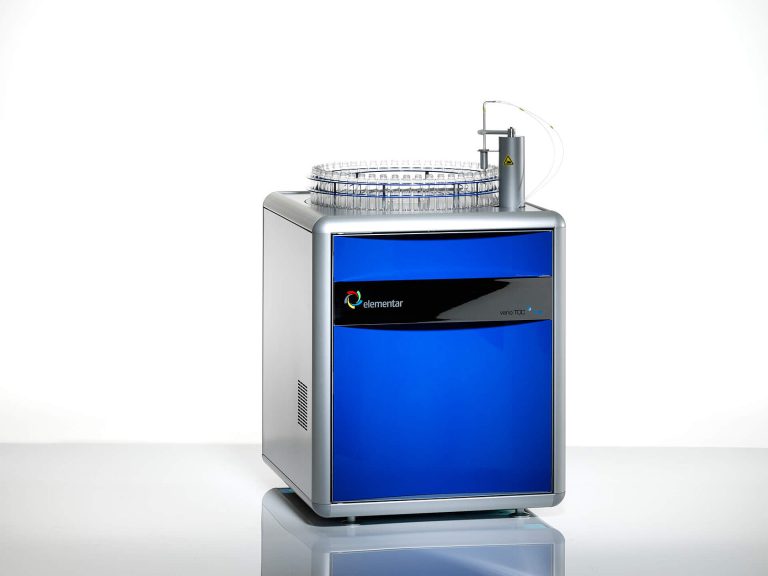
ISO 20236: what you need to know
Starting January 1, 2026, laboratories in the Benelux region will face a major shift in wastewater analysis with the introduction of ISO 20236. This new regulation, ISO 20236, mandates that all wastewater be analyzed using a TOC/TNb analyzer. It replaces the current method of measuring wastewater through Chemical Oxygen Demand (COD). While COD has been widely used for many years, this shift marks a significant change in laboratory testing methods, bringing with it many benefits, but also requiring some adjustments.
Key parameters defined
- TOC/DOC: Measures the total and dissolved organically bound carbon in water
- TNb: Measures the total and dissolved nitrogen that can be oxidized to nitrogen oxides, excluding dissolved N₂ gas. DNb is a new parameter in this context, determined after filtration through a 0.45 µm membrane.
Why the change?
The traditional COD method is the standard for measuring wastewater quality. It measures the amount of oxygen required to chemically oxidize the organic material in wastewater. However, the COD method comes with a number of drawbacks. It is a more intensive process that requires the use of harmful chemicals and takes a significant amount of time to complete. Laboratories have long been looking for a more efficient, reliable, and sustainable method for testing wastewater. ISO 20236 aims to address these concerns by introducing the Total Organic Carbon (TOC) and Total Nitrogen Bound (TNb) measurement approach.
What is ISO 20236?
ISO 20236 is a new international standard that requires laboratories to switch from the traditional COD measurement method to the TOC/TNb analyzer for wastewater testing. The main advantage of this new method is its efficiency. TOC/TNb analysis is a less chemically intensive and faster process, providing more accurate results with less environmental impact. This transition expects to improve the overall sustainability of wastewater testing, while also simplifying the process.
The Vario TOC from Elementar, for example, exists to meet the requirements of ISO 20236, offering a reliable and efficient solution for TOC/TNb analysis. These instruments use high-temperature catalytic oxidative combustion. It ensures both precision and speed in measuring total organic carbon and nitrogen in various water samples. These include wastewater, drinking water, surface water, and more.
What does this mean for laboratories?
Laboratories that perform wastewater analysis will need to transition to a TOC/TNb analyzer to comply with ISO 20236 starting in 2026. This change will require investment in new technology, training for laboratory staff, and potential adjustments to existing testing processes.
Benefits of the ISO 20236
- Sustainability: Drastically reduces hazardous chemical use and waste generation.
- Efficiency: TOC/TNb analysis is faster and more automated, which leads to faster results and reduced labor costs.
- Accuracy: The TOC/TNb method provides more reliable and reproducible results, improving the overall quality of wastewater analysis.
- Compliance: Laboratories that already follow ISO standards will need to switch to ISO 20236 to remain compliant with the new regulations. This ensures consistency and meets the increasing demand for eco-friendly and accurate testing methods.
What we recommend
The Vario TOC from Elementar is an ideal solution for laboratories transitioning to the new ISO standard. The Vario TOC analyzer provides high precision in measuring both TOC and TNb, ensuring that laboratories can meet the new requirements with ease.

